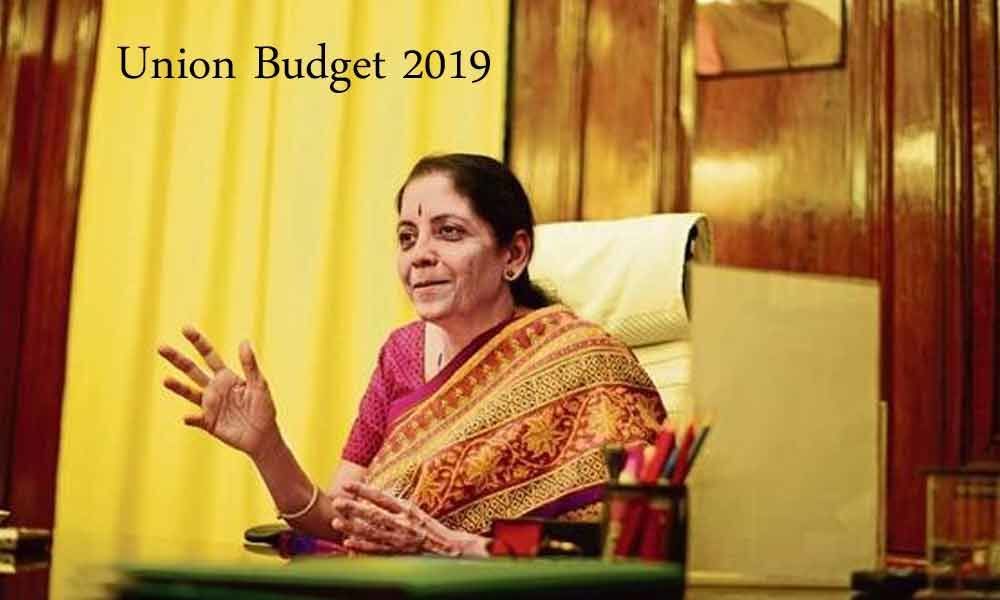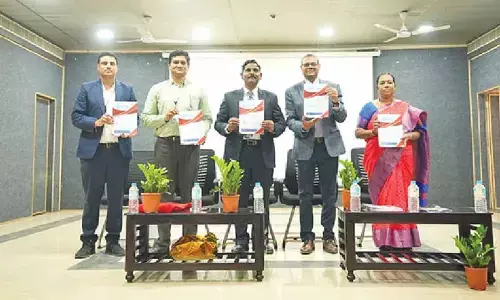Will Mrs. Nirmala's budget kickstart growth or investment cycle?

Come July 5th 2019 all eyes on the budget as it is the first budget of Modi’s 2.0. Curiosity has risen furthermore because it is being presented by India’s second female Finance Minister Mrs. Nirmala Sitharaman after Mrs. Indira Gandhi. Will Mrs. Nirmala’s budget kickstart growth or investment cycle. Can Modinomics resurrect growth?
Come July 5th 2019 all eyes on the budget as it is the first budget of Modi's 2.0. Curiosity has risen furthermore because it is being presented by India's second female Finance Minister Mrs. Nirmala Sitharaman after Mrs. Indira Gandhi. Will Mrs. Nirmala's budget kickstart growth or investment cycle. Can Modinomics resurrect growth?
With Mr. Narendra Modi being elected again for the second time, political stability has strengthened and is suggestive of positive economic growth. On the other hand, with India reeling under unemployment crisis, decreasing investments and monsoon deficit everyone is eager to have a glimpse of the budget and eager to know how she will address the challenging issues lying before her.
Economic survey prepared by chief economic advisor Mr. K.V. Subramanian projects the Prime Minister's vision of $5 trillion economy by 2024 – 25. But is this goal realistic or achievable. The Economic Survey projected the GDP growth at 7% for the financial year 2019-20. But a sustained GDP growth is needed for the vision to be achieved. The required growth rate is around 11.5% whereas it is 8% at present.
Investment is the driving force of the economy. However, consumption is weak. Consumption is the engine that powers the economy and accounts for over 60% of GDP but it has been seriously wobbly. The Economic Survey has predicted that oil prices are likely to decline in the FY 20 which may boost consumption. Savings have declined and so investment have come down.
Budget needs to outline the government's intent to increase in investment. New investments stand at 15 year low. There is an urgent need to incentivise sectors with potential strength to create jobs. Unemployment is now officially standing at a 45 year high. So, employment opportunities need to be generated. Corporate tax structure will determine the rate of return on investment. So, this needs to be restructured.
Raising farmers income is another major challenge which needs to be addressed in the budget. Falling agricultural income is a reality. In its manifesto the BJP has claimed to allot Rs 25 lakh crores on agri infrastructure building in 5 years.
** Some measures which would help in raising agricultural income are
** Ensuring an adequate support price for crops
** Removing loopholes with a minimum support price payment to farmers
** Boosting warehousing and logistics for farm goods
** Insuring credit and insurance for farming.
** Sales infrastructure should be closest to the farms.
Open up supplier link. Agricultural prices should be driven by demand and supply and not by government choices Other reforms which Nirmala can take up are bringing indirect tax reforms. Working towards a simpler GST regime would be welcomed.
Reforms in the financial sector is too important to be ignored because if there isn't adequate credit flow into the economy even the ongoing growth momentum would be difficult to maintain. Banking sector issues need to be fixed and credibility of the banking system needs to be restored. Banking sector needs to be re-channelized and re-energized. Transparent governance of the public sector banks is another key issue. Can the budget afford to ignore the NFBC liquidity crunch leading to a solvency problem for infrastructure and real estate players, and to losses for mutual fund investors? For crisis hit NFBC's refinance plan is required.
Disinvestment is needed as most of the public sectors are bleeding. This will lead to not only raising resources but also essentially increase efficiency.
The fiscal deficit estimate for 2018-19 has been retained at 3.4 % of the GDP. The Centre is looking to maintain our fiscal deficit target of 3.4 % of the GDP for a number of reasons. The prime minister has been very particular about maintaining fiscal discipline and asset to feel strongly about the centre's credibility being tied to its ability to meet budgeted targets especially since the fiscal deficit target is now more a political division than an economic one. However, retaining the fiscal deficit target will be easier said than done.
As we are reaching the deadline and the clock is ticking let's wait and see whether Mrs. Sitharaman's budget will oblige all. In a situation where growth is a paradox, it is definitely a tight rope walk for her to face the challenges of the economy.








